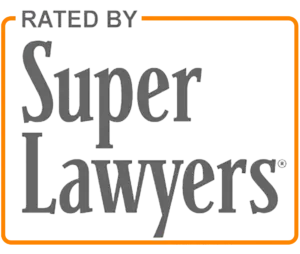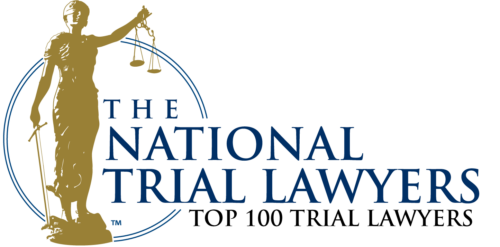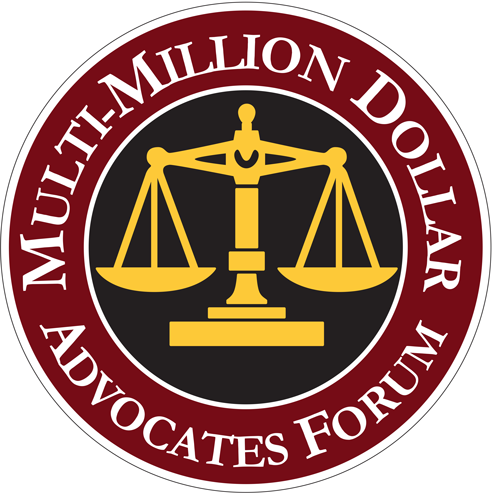Many small businesses purchase general liability insurance with the idea that this insurance will cover all types of liability the business can encounter. While taking out one or more policies for general liability is certainly prudent, a failure to fully understand the terms and limitations of your policy is not. Before agreeing to any insurance policy the policy should be reviewed by an experienced attorney who can determine the practical effects or applications of the terms and provisions contained within your policy. In short, when you agree to an insurance policy for coverage, you should know what is covered – and what is not.
This article will analyze a recent liability insurance coverage decision rendered in Massachusetts and a similar Pennsylvania decision.
What Were The Facts In This Liability Insurance Dispute?
The facts leading to Arrowood Indemnity Company v. Oxford Cleaners & Tailors, LLC, include that the liability insurance policyholder was a dry cleaning business that had been in operation since the early 1970s. The dry-cleaning business was sued by a neighboring real estate company for negligent trespass and private nuisance after an environmental investigative study found elevated levels of chemical solvents in the groundwater. Arrowood Indemnity Company filed this matter seeking a declaratory judgment that, based on the pollution exclusion provision contained in the policy, Arrowood had no duty to defend or indemnify its policyholder.
The pollution indemnification provision reads:
Item B. “Exclusions” . . . WE do not cover: a. Bodily Injury or Property Damage arising out of the actual, alleged, or threatened discharge, dispersal, release or escape of pollutants; (1) at or from any premises owned, rented or occupied by YOU; (2) at or from any site or location used by or for YOU or others for the handling, storage, disposal, processing or treatment of waste; (3) which are at any time transported, handled, stored, treated, disposed of, or processed as waste by or for YOU or any person or organization to whom YOU may be legally responsible; or (4) at or from any site or location on which YOU or any contractors or subcontractors working directly or indirectly on YOUR behalf are performing operations: a) if the pollutants are brought on or to the site or location in connection with the operations; or b) if the operations are to test for, monitor, clean up, remove, contain, treat, detoxify or neutralize the pollutants; and b. any loss, cost, or expense arising out of any government direction or request that YOU test for, monitor, clean up, remove, contain, treat, detoxify or neutralize pollutants. Pollutants means any solid, liquid, gaseous or thermal irritant or contaminant, including smoke, vapor, soot, fumes, acids, alkalis, chemical and waste.The defendant did not dispute the existence of the pollution exclusion and counterclaimed claiming that coverage flowed through the “Personal Injury” provision of the policy because the policy states the insurer will defend and indemnify those who cause injury due to, “wrongful entry into or eviction of a person from a room, dwelling or premises the person occupies.’”
As to whether the drycleaner could compel the insurance company to indemnify and defend due to the wrongful entry provision, the district court answered in the negative. The court found that coverage under the personal injury provision was intended to apply to only intentional torts. Furthermore, in “context of the entire contract…an insured would have to do a pretzel-twist logically to believe on the one hand that [it] was not entitled to coverage under the ‘bodily injury’ and ‘property damage’ sections of the policy because coverage is barred by the pollution exclusion, yet on the other hand believe [it] should receive coverage for the same risk under the personal injury liability coverage afforded by the policy.”
The Arrowood decision illustrates the broad application of and implications that an exclusionary provision can have on an insurance policy.
Pennsylvania Liability Insurance Policy Holders: Beware of Coverage Issues Regarding Your Common Business Practices
In Madison Constr. Co. v. Harleysville Mut. Ins. Co., the Madison Construction Company held a general liability policy through Harleysville. While the policy contained a provision that required Harleysville to defend Madison in all covered matters, the policy also contained a pollution exclusion clause identical to the one in the Massachusetts case which is reproduced above. Here, after a worker was overcome by the fumes produced by by the Euco Floor Coating and fell into a trench causing severe injuries, Harleysville disclaimed its responsibility to cover and defend the policy holder based on the pollution exclusion clause.
The major factual issue on which this case turned was whether the Euco Floor Coat utilized in the plant was considered a pollutant. Madison was required by its contract to utilize a floor coating, like the Euco Floor Coat, in its regularly conducted business operations. However, the courts throughout the United States and Pennsylvania were split on whether a substance like this floor coating would be considered a pollutant.
In its decision, the trial court recognized that this was a matter of first impression in Pennsylvania, and drew their analysis from North Carolina’s Tufco decision. The trial court initially ruled that the floor coat was not a type pollution and thus Harleysville was not indemnified by the pollution exclusion because the floor coating was a, “raw material used by [the company] in its normal business activity of resurfacing floors” and not an irritant or contaminate. The trial court denied summary judgment for Harleysville and entered summary judgment for Madison thus compelling coverage and defense.
A hearing by a Superior Court panel resulted in a split decision also for Madison, but under different grounds. This opinion reached the conclusion that the vapors that emanated from the floor coating was, indeed, pollution. However because there were two viable schools of thought regarding the pollution exclusion clause, the ambiguous provision is to be resolved in favor of the insured party.
The matter was then heard en banc (before the full bench rather than a panel of judges) by the Pennsylvania Superior Court where the trial court’s decision was reversed. The en banc court found that the fumes emanating from the coating was clearly pollution and remanded for entry of summary judgment for Harleysville.
To recap, prior to this matter reaching the Pennsylvania Supreme Court, this case had been decided in three different ways for different reasons in each. But, if you still are not convinced that pro-active review of contracts and agreements is essential, read on.
How did the Pennsylvania Supreme Court Decide Pollution Liability Coverage?
The Pennsylvania Supreme court approached Madison primarily as a matter of contractual interpretation. After finding that Euco Floor Coating qualified as a pollutant as per the contractual definition, the court determined whether an “actual, alleged or threatened discharge, dispersal, seepage, migration, release or escape of pollutants” had occurred as required by the pollution indemnification provision.
According to the Court’s decision in Madison, a Pennsylvania court’s goal in interpreting an insurance contract is to determine the intent of the parties based on the language utilized in the written document. However when there are contractual terms that may be, “subject to more than one reasonable interpretation when applied to a particular set of facts”, the contractual terms are considered to be ambiguous. When terms are ambiguous, it is to be construed in favor of the insured. Madison Constr. Co., 557 Pa. at 606, 735 A.2d at 106. However, when the language is clear and unambiguous, a court must adhere to that language.
In this matter the language was not clear and unambiguous as key terms were not defined. The Supreme Court determined that the trial court had erred by failing to apply the “natural, plain, and ordinary sense” of meaning to these words of common usage in an insurance policy. Easton v. Washington County Ins. Co., 391 Pa. 28, 33. When such standards of statutory interpretation were applied by the Court, the court concluded that the injury was clearly due to the release or discharge of pollutants and thus not covered by the policy. Coverage and defense of claims against Madison were precluded by the exclusionary clauses. Therefore, Madison and not its insurance company was liable for its own defense and any damages which flowed from this matter.
If You Are Injured as a Result of an Accident Resulting from Premises Liability
You should immediately contact our experienced legal team. We have seen, examined, and fought for hundreds of victims in premises liability issues. What is and isn’t covered under and who is ultimately responsible for damage suffered on the property of a home or business is not always clear cut. It is crucial to retain experienced legal counsel as soon after an accident as possible.
Related Posts
- How Do I Get Traffic Camera Footage for a Car Accident in Pennsylvania?
- Can You Sue Bars and Restaurants for Premises Liability in Philadelphia?
- Do Pre-Existing Conditions Affect Pain and Suffering Settlements in Pennsylvania?
- How Long Do Traffic Cameras Keep Footage of Accidents in Philadelphia?
- Do You Need to Contact Your Primary Care Doctor After a Car Accident in Pennsylvania?















